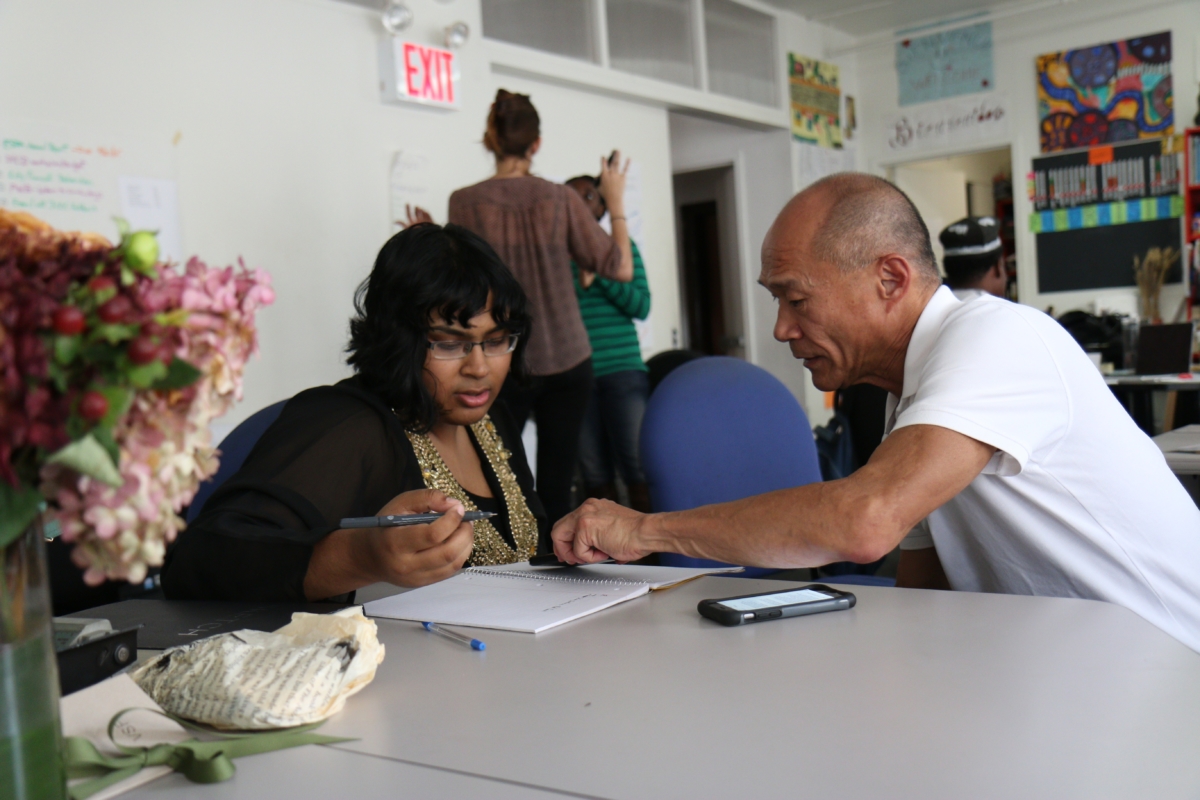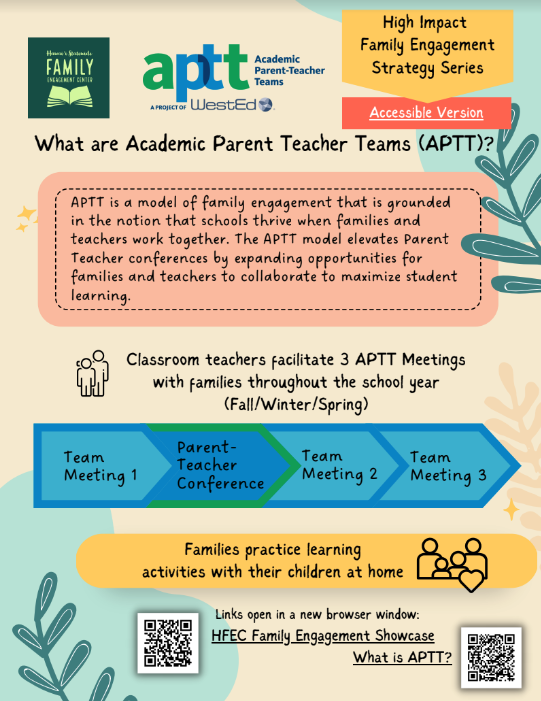Educator Resource
5 New Ways for Schools to Work with Families:
Families play an important role in the educational success of their children. This resource provides a different set of approaches to co-design more equitable collaborations among schools and with families. This research is based on the Family Leadership Design Collaborative.
- Start with the families’ and communities’ priorities, not the school’s agenda. Understanding family stories, experiences, knowledge and cultural practices will help to develop a curriculum for other parents to build relationships with each other and support cultural identities for their children.
- Recognize and treat families as experts on their own children. Families can become powerful leaders in school change when they build relationships with each other and recognize their expertise.
- Give families and communities the resources, time and space to envision solutions, not just share their pain. Families as part of the school decision-making body is possible with enough resources, time, space, and capacity building including outreach to families that do not usually participate or feel heard.
- Help families and educators learn to facilitate meetings across racial, cultural and other differences. Collaborating across lines of race, culture, and roles requires skillful facilitation.
- Ensure families have real influence on important educational decisions. School and district leaders, in this study, found the decisions they made in their jobs are critical opportunities for family and community influence and input.
Learn about 5 strategies for family engagement in K-12 education.



